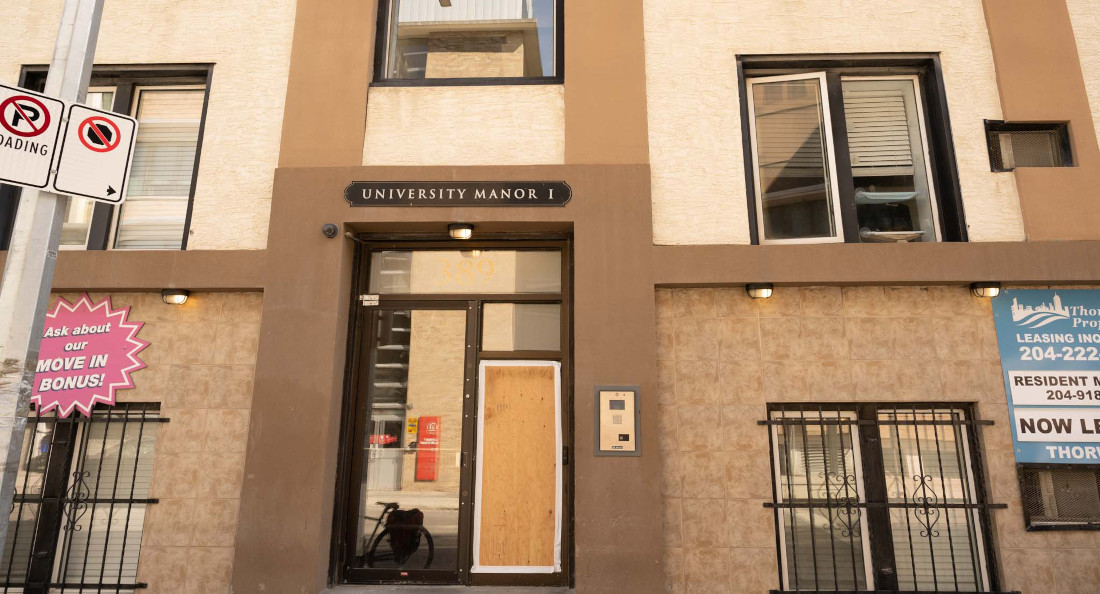‘Not affordable for them’
Students struggle to find housing within their budgets
Adequate housing is a human right, but for many students, it’s far from accessible. According to a recent study from Utile, on average, Canadian students pay 25 per cent more for rent than the general population. For Megan Hederson, a student at Red River College, the process of finding an apartment downtown and within walking distance of work and school was difficult. She estimates that “about 80 per cent” of her income goes toward rent.
Apart from securing a place to live, students face the pressure of finding the money to cover rent each month. “After moving out (on my own), I’ve been financially independent, and I worry about not making rent and having to rely on someone else,” she says.
The Canadian Mortgage and Housing Corporation defines housing as affordable if rent costs “less than 30% of a household’s before-tax income.” A lack of affordable housing for students in the downtown area, close to most local universities and colleges, drives students to areas that far exceed what many can afford to pay.
To lease her current apartment, Hederson had to prove that her income was four times the amount of her rent. Financially, this was not a realistic option. She says the property-management company withheld her approval until she could show a source of sufficient funds.
Hederson is happy to have secured her current place, but not without a cost. “I’m sacrificing my finances, because it is more expensive than I would prefer it to be,” she says.
Josh Brandon, a community animator with the Social Planning Council of Winnipeg, describes the competitive nature of the housing market.
“The supply of affordable housing is quite small, and that means that when students or other people come looking for housing, the housing that’s available for rent is generally more expensive than the average price of housing.”
In the past few years, little to no social housing has been constructed in the downtown area, and what is currently being built is often unaffordable for those attending school. Brandon refers to this lack of construction as a leading factor in the housing crisis.
“For students who are struggling with student loans and low-wage jobs, often part-time employment, that kind of housing is not affordable for them,” he says.
“So we need to get back to the creation of deeply subsidised housing to ensure that housing is available.”
To start, students need to be prioritized and viewed as an asset to the city, rather than a burden, Brandon says.
“Students are spending in the local economy. They don’t necessarily have a lot of savings, but the money that they do have goes back into local businesses and often they’re the workforce for local employers as well.”
Brandon says change starts with the community and amplifies the voices of those most impacted. “We need to consult with Indigenous groups. We need to consult with newcomer organizations, with nonprofits that are in the area who know what the community needs are. We need to build housing that’s integrated into the community and provides the support services that are necessary so that people can be successful in their (search for) housing
Published in Volume 77, Number 02 of The Uniter (September 15, 2022)








